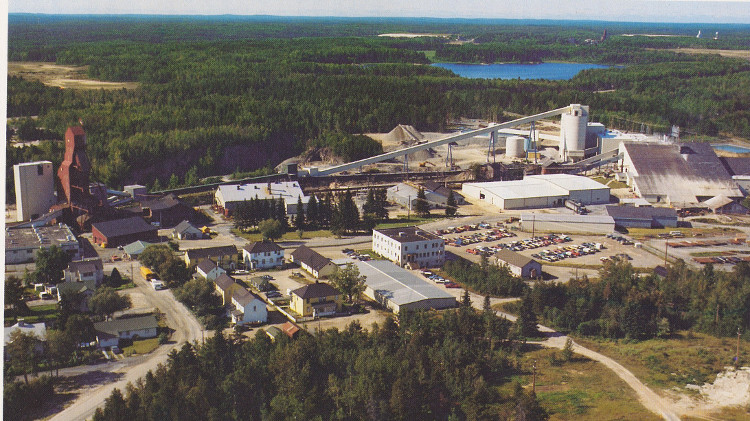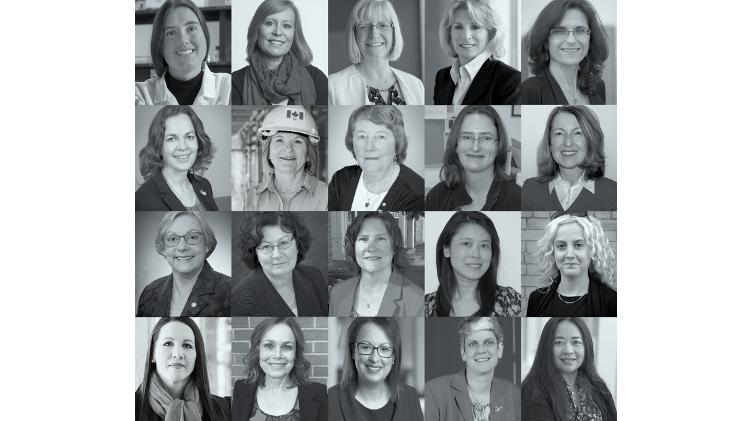Doug Schouten. Jon Benjamin Photography
Some places leave indelible marks on a person’s life. For Doug Schouten, TRIUMF—Canada’s national particle accelerator centre at the University of British Columbia (UBC)—became a throughline in his education and career.
It is where he landed his first undergraduate internship while studying honours physics and computer science at UBC; where he met the supervisor for his graduate research at Simon Fraser University; and where he returned for postdoctoral work after completing his PhD in particle physics.
It is also where he first encountered the transformative research in muon tomography that would ultimately shape his entrepreneurial journey in the mining industry.
A muon is a naturally occurring subatomic particle produced by cosmic rays striking the Earth’s atmosphere. Muons lose energy in direct proportion to the density of the materials they pass through. Dense materials in the Earth’s subsurface, like many mineral deposits, prevent more muons from progressing deeper, while less dense regions, like voids or caves, let more muons pass through.
During his research at TRIUMF, Schouten pioneered a way to detect muons and measure their trajectory, then transform that data into detailed 3D models of underground features. “The value of this capability for mining is quite extensive,” he said. “You can apply high-resolution density mapping across the full life-of-mine: from exploration, when looking for dense ore bodies; to mine design and operations, when planning how to build and sequence production; all the way through to post-closure, when monitoring for subsidence or fluid migration.”
Schouten co-founded Ideon Technologies alongside two partners, starting commercial operations in 2020. With an initial capital investment, they developed and commercialized the first muon tomography detector that can be deployed in a narrow borehole, generating unprecedented subsurface visibility.
An early project with Glencore in Matagami, Quebec, presented the team with the complex challenge of getting their technology into a kilometre-deep borehole. Despite difficulties, they successfully imaged the deposit, gained substantial data and discovered a new node of possible mineralization at the site.
“We’re imaging billions of cubic metres of Earth from a single hole—that’s really a game changer when you consider the hundreds of holes mining companies typically drill to get even a partial picture of what’s underground in a much smaller area,” said Schouten. “Combined with the resolution we’re achieving at such depths, it provides much better certainty than any other current technologies can.”
The quest to reduce geologic uncertainty is at the core of Ideon’s mission—and it is guiding Schouten far beyond his roots in muon tomography.
“If we can help companies make better decisions across the whole mining chain, we can impact their productivity, profitability and community engagement,” Schouten said. “Our whole vision is about using technology to unlock new subsurface potential and enable a step change in how the industry understands what’s beneath our feet.”
In 2024, Ideon launched the Reveal subsurface intelligence platform, which consists of novel sensors, data ingestion pipelines, data processing, artificial intelligence (AI) and visualization tools. The platform can integrate inputs from muon tomography as well as from airborne and ground gravity, magnetics, seismic and electromagnetic surveys, amongst others, into a single high-resolution, multi-dimensional model of the subsurface. “That’s the real win,” said Schouten.
The next frontier for Ideon lies in scaling the Reveal platform by developing the next generation of AI and multi-physics algorithms that can yield even deeper insights.
“Now that you have the data, what are you going to do with it?” Schouten asked. “What decisions can you make that you couldn’t before?”
For Schouten, answering these questions by delivering new value to mining customers is what makes this work so worthwhile.




